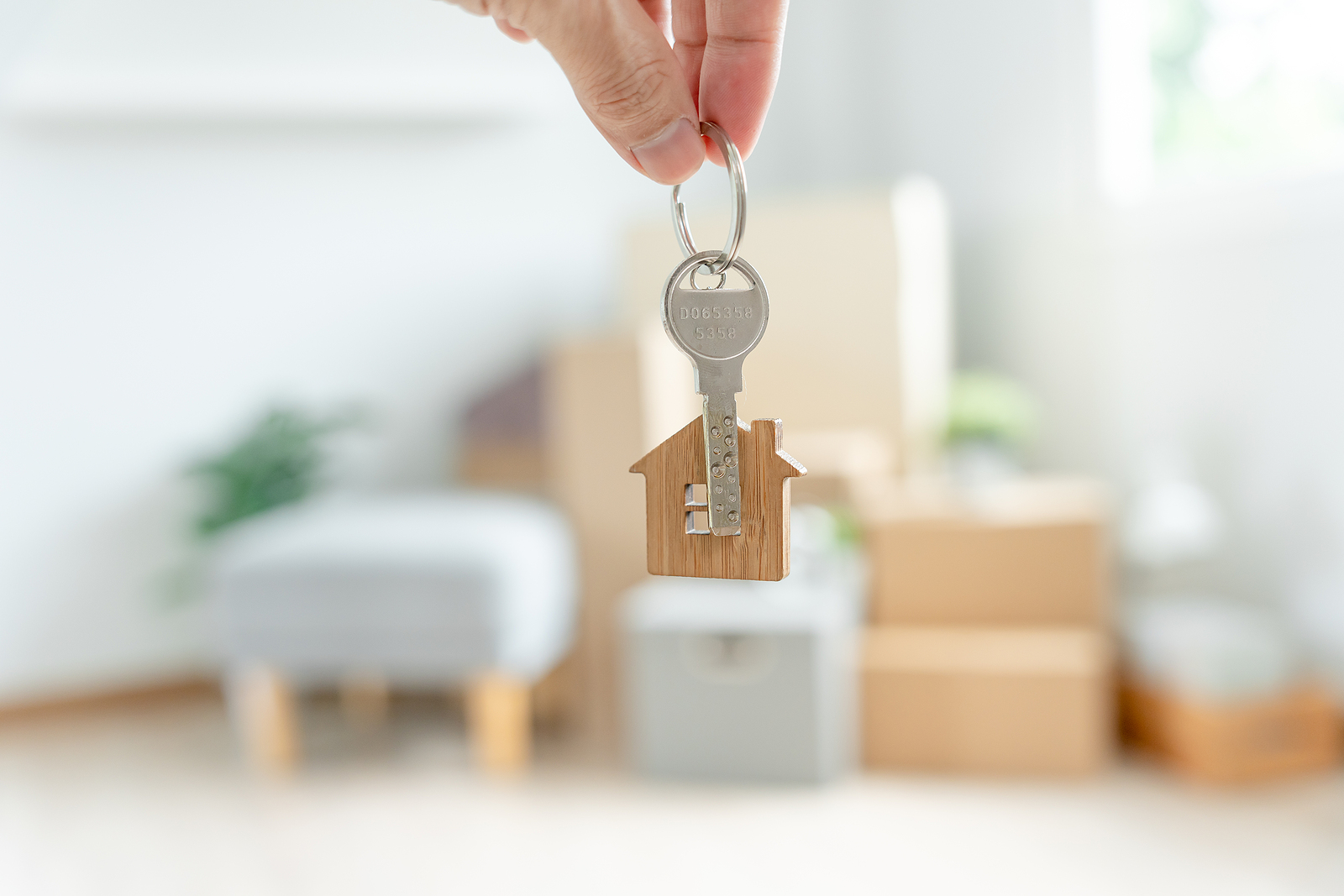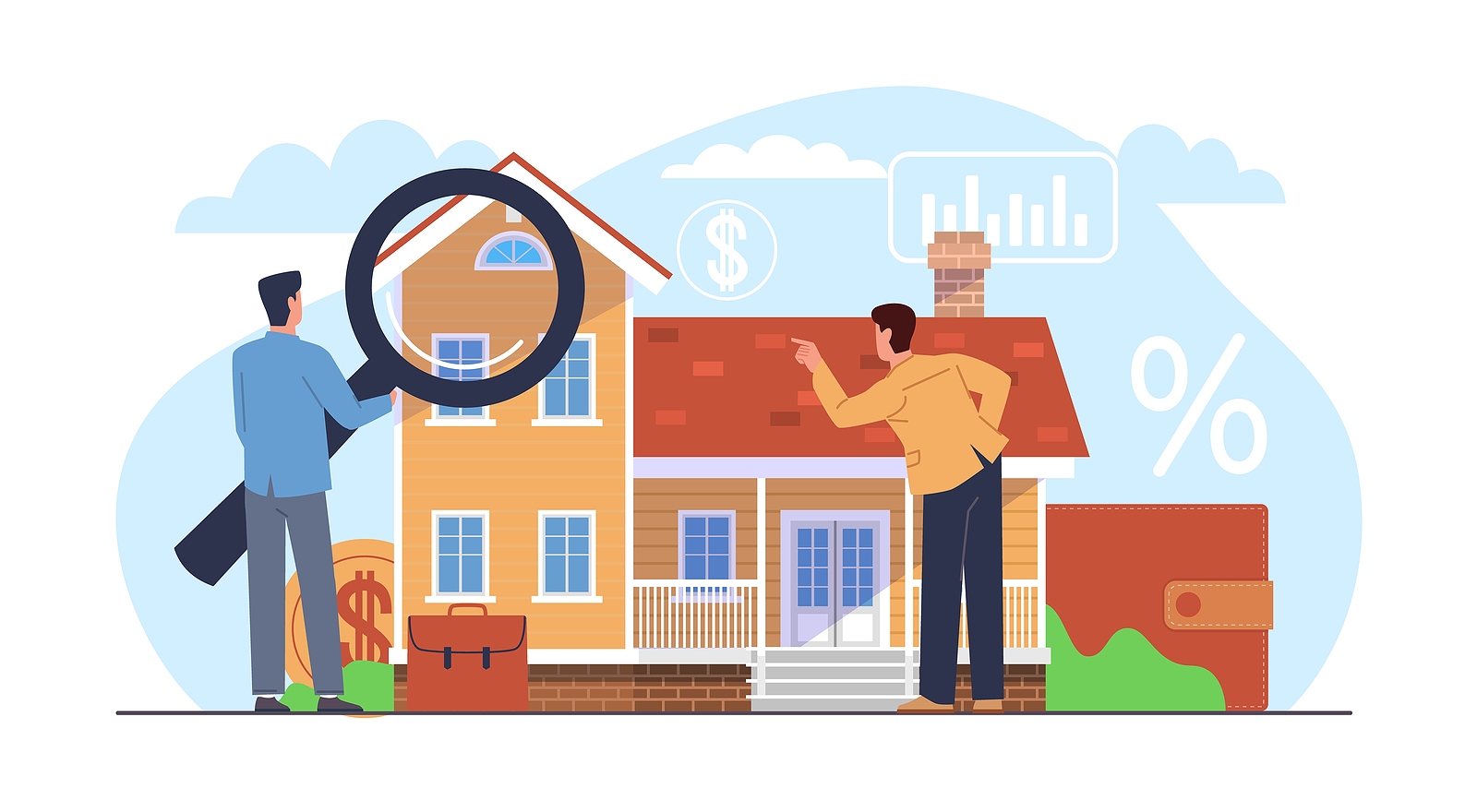Homebuyers enter the home shopping process with one of two mindsets. There are those who know what kind of house they want – the number of bedrooms and bathrooms, the type of kitchen, and maybe whether or not they want a yard.
Then there are those who know where they want to live, such as a specific school district or neighborhood, but haven’t completed a wish list of home features.
Seldom does a homebuyer tell her real estate agent that she wants a “3-bedroom, 2-bathroom home with a gourmet kitchen, a fireplace, and a pool in the backyard, located on J Street in the Mountain Shadows neighborhood.”

While the features you want in a home are important information for your real estate agent, “location, location, location” is just as important, important, important.
Even if you’re among the group of homebuyers who know exactly what you want in a house and perhaps have one picked out, it’s important to scope out the neighborhood before committing fully to buying.
Don’t Believe What You Hear
Especially when you are new to an area, it’s easy to believe what residents tell you about the various neighborhoods.
“When I was getting ready to move to Las Vegas 10 years ago I went online and read about the various neighborhoods,” recalls Veronica Thomas. “The consensus seemed to be that Green Valley and Summerlin were the best places to live.”
On a weekend trip to check out the areas in person, Thomas found that neither area suited her. “Green Valley was far too congested for me,” she said.
“Summerlin was way too far from my job on the Strip. I’d heard that both had low crime rates but they weren’t that much lower than some other areas I found much more attractive,” she concludes.

There is nothing quite like first-hand information. If good schools are important to you, do the research yourself instead of relying on what others consider “good.” GreatSchools.org lists schools’ test scores and features reviews from parents.
Crime statistics can also be found online. The FBI offers a nationwide Sex Offender Registry on its website and Neighborhood Scout boasts that they “reveal the safety from crime for every neighborhood in America.” Finally, call the police or sheriff’s department in the area for more information on crime statistics.
Google Maps will allow you to map a route from the new house to your job, to a particular school or to the nearest shopping center and kick back the mileage and a rough estimate of the time it will take to get there.
A lot of your preliminary neighborhood research can be done online, but it’s not a substitute for actually checking out the neighborhood in person.
Drive It
Number three on the list of the 5 biggest mistakes homebuyers make when choosing a neighborhood is underestimating or ignoring the commute, according to MSN Real Estate. Their advice is to actually make the commute during normal commute hours to see if it fits your lifestyle.
Drive through the neighborhood at different times during the day and evening, on both weekdays and weekends, looking for anything that may be considered an annoyance.

Music blasting from a teenager’s open bedroom window when you’re trying to unwind after work may make you wonder why you bought a house in that neighborhood in the first place. Is the house under the airport’s flight path? Kids – and all that they imply – may be a blessing or a curse, depending on how you feel about them.
If you don’t drive, walk the neighborhood. Locate the nearest public transportation stop and see for yourself what the walk is like to the store and other local conveniences.
Check Municipal Records
Finally, check the neighborhood and surrounding area for anything that may impact the home’s value. Look for:
- A high number of foreclosures nearby
- Developments in the works
- Upcoming zoning changes
Sure, it’s important to fulfill those dreams of the perfect house for you. But the bigger picture – a suitable neighborhood in an area that fits your lifestyle is what will, according to MSN Real Estate’s Melinda Fulmer, “determine whether you’re living the American dream or just living.”





